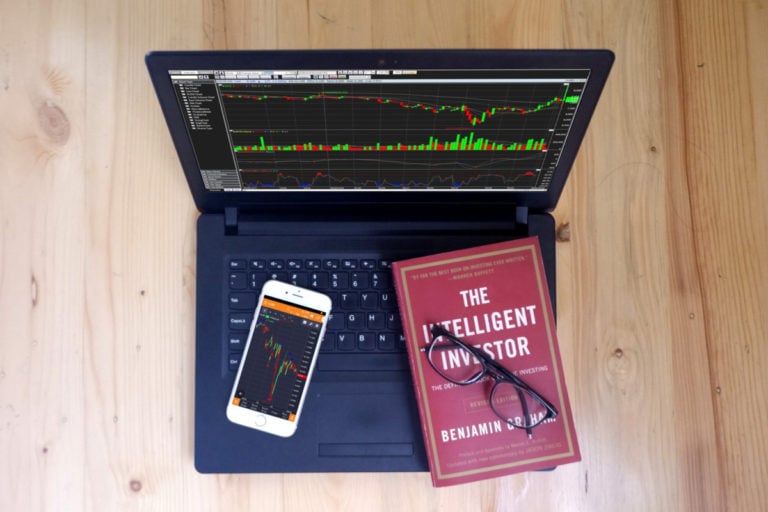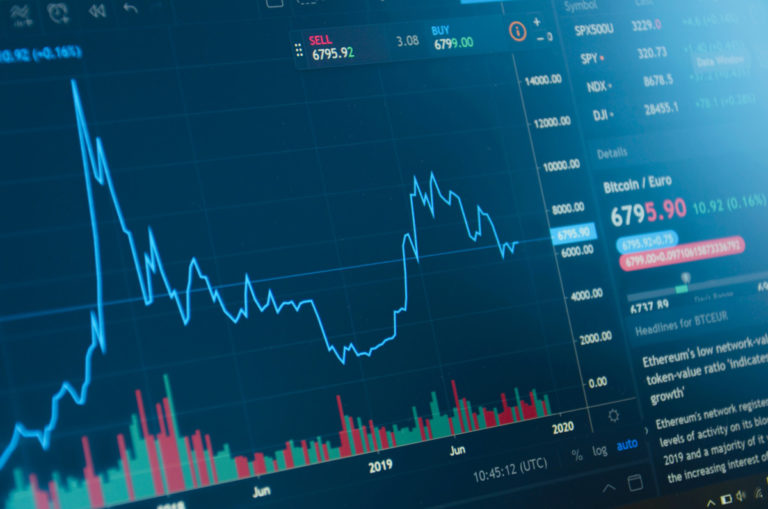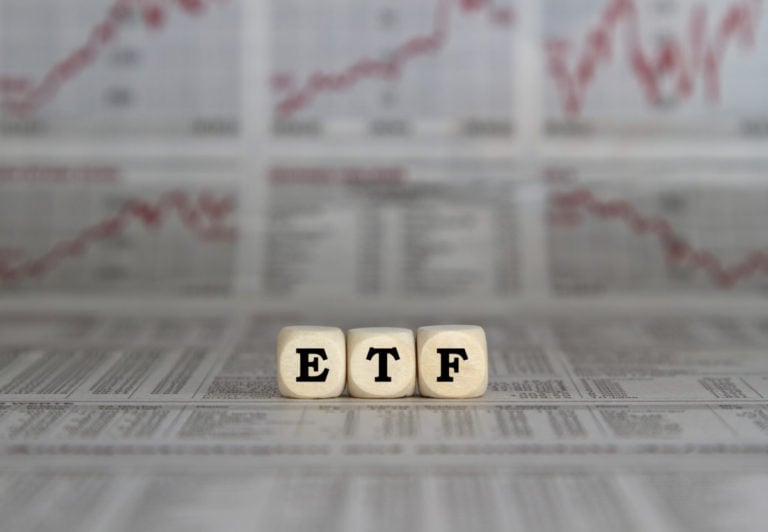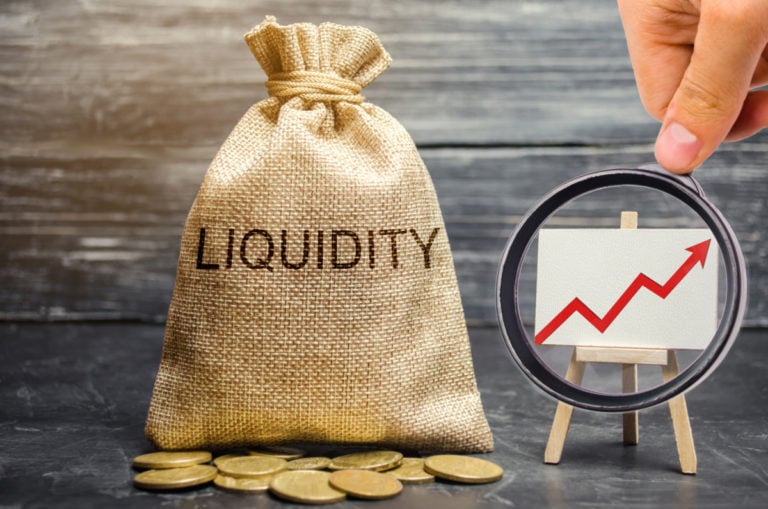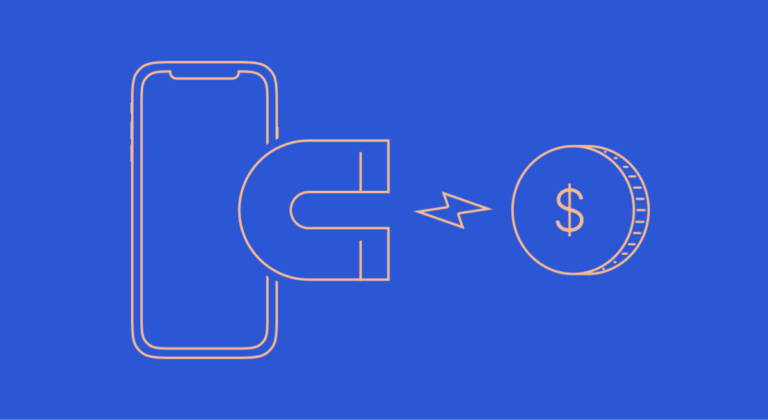The goal of any company is to attract finance for the development of its business. Getting a loan from a bank or finding a good-natured investor immediately after opening is almost impossible. In such cases, the company has to issue shares that are offered to investors. The one who acquires them will become a co-owner of the startup.
If a startup turned out to be in demand and relevant, then sooner or later funds will be required for its further development. As an option, consideration of borrowed funds or the issuance of bonds, promissory notes is suitable.
However, the most optimal solution would be to issue shares on the stock exchange. So you can quickly get large investments.
This can be a good move for private investors to make a profit on their investments. Initial public offerings usually include issue premiums for current private investors. At the same time allowing public investors to participate in the offer. In addition to an IPO, a company can also go public through a direct listing, in which it does not sell new securities or raise capital.

Companies go public through the IPO process for one or more of the following reasons:
- Capital Raising – This capital can be used to fund, acquire, or pay off existing debt.
- To significantly raise your status and find new investors, partners and clients, a good solution for not very popular firms.
- To get the purchase currency – the value of the shares of many private firms is not easy to determine, so it is much easier to use the shares.
- To provide an exit for existing investors.
- To reward and engage employees.
- To go public, a firm must have a rich history and published reports for the last 2-3 years. For example, with regard to the New York Stock Exchange, the value of the company should be over $50 million.
Preliminary stage
This is the longest stage, which takes from 3 months to 3 years. Main goals:
- commercialization of the company;
- issue and sale of securities.
During this period of time, the company will have to evaluate its main indicators, namely assets and corporate governance. Only in this way will it be possible to accurately find out the price and number of shares to be issued and, of course, to establish the future capitalization of the company.
It is also necessary to assess the level of information and financial accessibility. This will have a positive impact on increasing the growth of investor confidence in the business and improving its reputation. In accordance with the requirements of exchange trading, all issuers must publicly submit financial statements every quarter.
As soon as the analysis is completed, the firm will be able to assess whether it will be profitable to bring securities to public auction. The board of directors will give an opinion whether it is worth going to an IPO. In case of a positive answer, the firm will have to sign an agreement with the underwriter. After that, the preparation will begin.
Preparatory stage
The underwriter is preparing the process of bringing the shares to the stock exchange.

These investment banks work with the issuing company from the very beginning of the issuance process until the end, when the listing takes place. Various underwriting mechanisms are available for the issuing organization. The stock exchange for the placement of shares and brokers must also be selected.
The underwriter must evaluate known risk factors and set the IPO parameters to determine the floor price to secure coverage. It also determines the optimal time for issuing securities to the stock exchange.
IPO underwriters have many roles, but the most important role is to conduct the entire Initial Public Offering (IPO) process. In the IPO process, there can be either one underwriter or a group of underwriters.
The underwriter is also preparing an investment memorandum. It is required by the regulatory government body. The Bank of Russia in the Russian Federation is engaged in control in this area. In the United States, this is handled by the SEC.
The investment memorandum contains information about the company: directors and shareholders, reports, dividend policy. The company will also have to prepare explanations for the need to raise money. If all the necessary information requested by the special body has been provided, then the IPO date will soon be determined.
An advertising campaign is launched to attract the attention of investors. When traveling to foreign financial centers, the firm’s representatives negotiate with potential investors and brokers. The main trips are carried out in the capitals of large states. In the process, the manager introduces investors to all the necessary reports and data. The entire Road Show process takes a few weeks on average.
Main Stage
At the Road Show, preliminary bids for the issuer’s securities are collected. Large investors have the opportunity to purchase them before they are placed.
Analyzing the received applications, the underwriter finds out in what quantities investors are ready to purchase shares and for what amount. By the way, the underwriter has a pre-emptive right to purchase shares before the IPO with their resale in the future after the publication.
Final step
The last stage or listing means the beginning of circulation of securities on the stock exchange. Once published, they are listed on the exchange and people can buy and sell them. Bidding and make it clear the effectiveness of the IPO. An increase in capital and the formation of a stable reputation is possible only if the value of the shares meets market conditions.

In addition, if a private company’s securities are actively traded in the secondary markets, then it is also a prime candidate for a direct listing because its share price is easier to determine. With a direct listing, a private company goes public without underwriters and without the sale of new securities; it simply offers existing shares held by investors and employees and begins trading on the exchange.
Whether to buy stocks at the first IPO
This is a very risky purchase. Private investors do not have any data about the firm. They do not know its main indicators and audience. This data will be available after going public. Therefore, such a purchase can be compared with a lottery.
In addition, in such a case, securities are unstable. That is why it is advisable to purchase them only after the placement, or rather, as soon as the value of the shares becomes constant.
As Vladimir Vereshchak, financial adviser, founder of Bogatstvo consulting company, explains, buying shares at the stage of their initial offer is a risky undertaking.
It is important to understand that when you buy a share, you are buying a business. And most companies at this stage of their development do not have a publicly available financial history for a sufficiently long period of time. It is extremely difficult to assess the business and predict the further course of events. Although analysts and managers who work for brokerage companies offering you this kind of investment, of course, will assure you otherwise. The sales plan must be fulfilled.
If you still want to participate in an IPO, take a closer look at the instruments of collective investment. For example, exchange-traded funds (ETFs). It’s both cheaper and more reliable.
There are about 8 such funds in the world. The largest of these is First Trust U.S. Equity Opportunities ETF (NYSEARCA: FPX). The fund simultaneously buys the most liquid shares of the 100 largest issuers on the 6th day after their initial offering, and sells them on the 1000th.
Broad diversification significantly reduces risks. And the management fee together with the spread does not exceed 0.7% per year. On average over the past 10 years, the fund has returned to investors 16.5% per annum in US dollars before fees, taxes and inflation. But remember that past earnings are no guarantee of future earnings. Do not forget about full financial planning and other asset classes in the portfolio.


